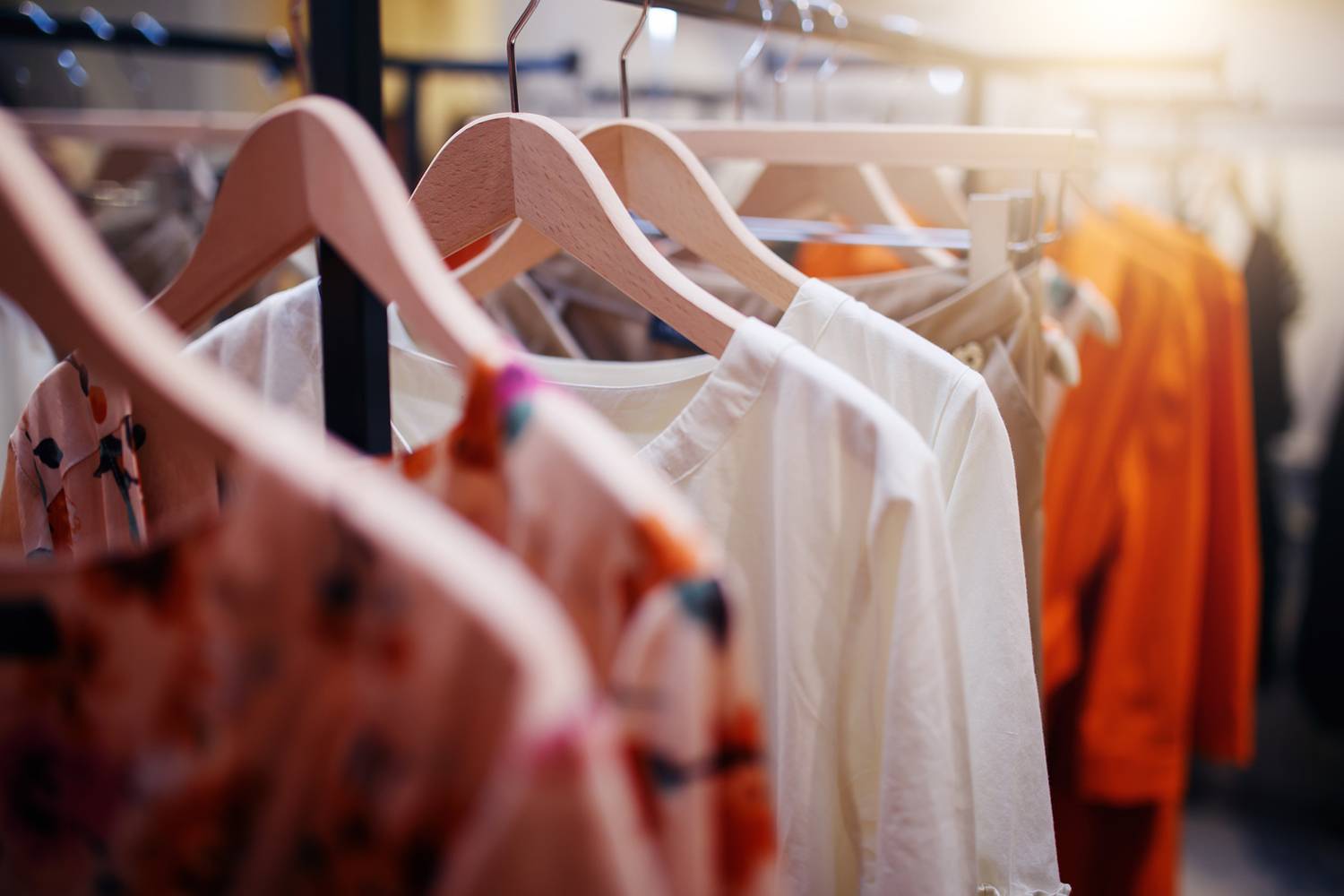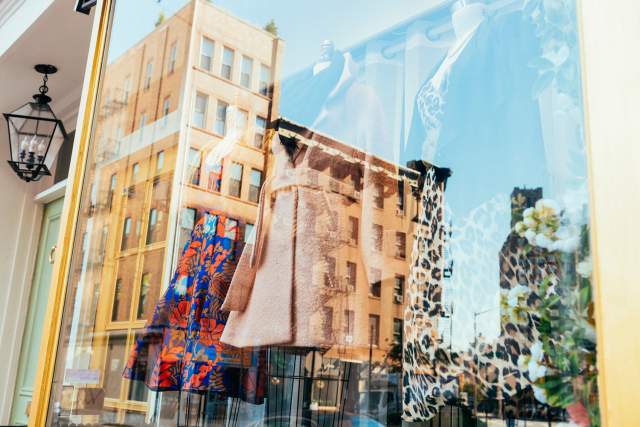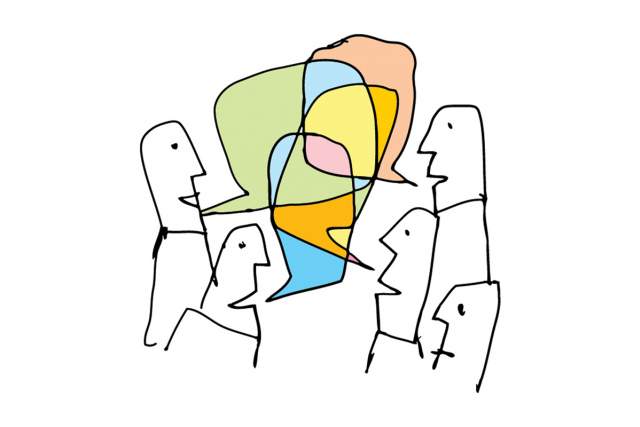Why We Still Need Retail Stores
Tuck marketing professor Scott Neslin studies the role of physical stores in a multichannel landscape.

Neslin finds that buying fit products offline in a store leads to higher value consumers for the retailer. | iStock: kurmyshov
2017 is not shaping up to be a good year for brick-and-mortar stores.
Sears Holdings has announced plans to close 150 Sears and K-Mart locations. J.C. Penney is shuttering 138 of its stores, starting in July. After closing 66 stores in 2016, Macy’s intends to close 34 more over the next few years. Bebe, Abercrombie & Fitch, Guess, Crocs, The Limited—the list goes on. All of them are having trouble adapting to the multichannel world, where people can buy items online at the click of a button, often for lower prices.
But at the same time, traditional online retailers are descending from the cloud and hitting main streets in the U.S. and abroad. Retail giant Amazon now has shops in Seattle, San Diego, and Portland, and is opening five more this year. Bonobos, the online clothing company, has 40 showrooms across the country, where people can make an appointment to meet with a sales specialist and try on clothes. Even Google has a few retail locations.
All of this has Scott Neslin wondering: what is the role of physical stores today? Neslin, the Albert Wesley Frey Professor of Marketing at Tuck, addresses this question in a new working paper titled “The Impact of Buying ‘Fit Products’ in Multichannel Settings on Customer Development and Value,” co-written with Chun-Wei Chang and Jonathan Z. Zhang.
Neslin began this research with a set of hypotheses that were informed, in part, by his own experience as a consumer. “I can’t stand ordering clothes online,” he says. “I ordered shoes online recently, because there are no stores near me, and they didn’t fit. Very frustrating!” Shoes are an example of what Neslin and his colleagues call “fit products.” Fit products are things consumers need to touch, try out, and get expert help with in order to find the right item. Examples of fit products include clothing, athletic equipment, and electronics products. Neslin and his colleagues had a hypothesis that buying fit products in the physical store would create higher value customers. It took some sophisticated statistical analysis, but it turned out they were right.
To test the “fit products” hypothesis, Neslin and his co-authors examined two and a half years of customer-level data from a large U.S. retailing chain that sells outdoor recreation gear, sporting goods, and clothing online and in 140 stores. They were looking for the combination of product and channel that resulted in the highest customer value.
They found that buying fit products offline (in a physical store) leads consumers to become higher value for the retailer—they purchase more often and spend more per purchase. The fit/offline combination maximized future value better than fit/online, non-fit/offline, and non-fit/online.
The researchers also observed that, as high-value customers gain more trust in the retailer—by purchasing fit products offline—they start to purchase more frequently online. However, buying online eventually erodes customer value, perhaps due to the relentless competition and promotions that define today’s online environment. Then the retailer needs to use in-store promotions or some other incentive to get customers to shop at the store and buy fit products, which leads back to a high value status. So there’s a cycle to managing customer profitability: Buying fit products in-store boosts customer value, and customers start buying online. This then erodes value, which retailers can boost up again by driving customers to their retail store to buy fit products.
I think it has to do with customer satisfaction. You feel more satisfied when you walk out of the store after an engaging experience than you do after an online experience.
The key concept that drives this process is engagement. Shopping in a store for a fit product is a very engaging activity. You see how clothes fit and how easy it is to manipulate the gadgets on a new TV, and you can talk to sales people. Neslin and his co-authors have correlated engagement with customer value, but they haven’t identified the exact causal mechanism. “It’s being researched, and it’s a hot topic,” Neslin says. “I think it has to do with customer satisfaction. You feel more satisfied when you walk out of the store after an engaging experience than you do after a non-engaging online experience.”
The savvy retailers know this. “An Apple store is all about engagement,” Neslin says. “They’ve learned that.” What this means for traditional retailers is that they might do well to focus on providing the best customer experience for fit products, through attentive sales staff and creative displays that allow shoppers to have a highly interactive relationship with the goods. The retailer may not need as many stores. But they need just enough of a physical store presence to create that engaging experience that boosts long-term customer value.
“You don’t necessarily want the majority of your products to be sold in the store,” Neslin says. “The store is serving a role to create engagement by getting customers to buy fit products in that physical store.”

